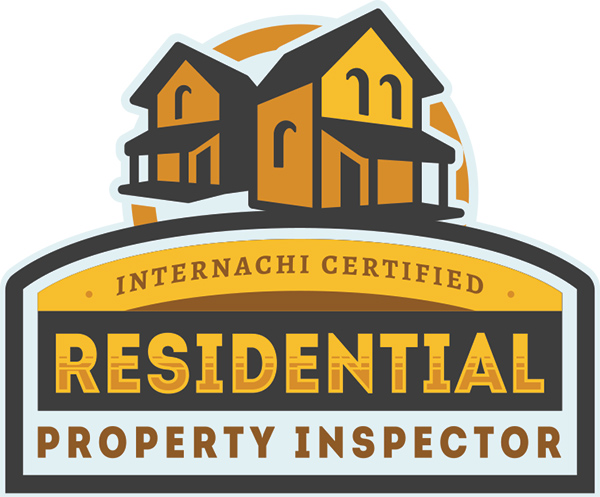Grade sloping (or draining) back toward the home. This could lead to damp or wet crawlspaces, foundation movement, cracking or settlement. Water wicking up the foundation could lead to rot in the walls, framing members and mold. Some indications of foundation movement include windows that are out of square; interior doors that have large, uneven gaps at the top when the door is closed; or floors visibly out of level. If you see this, know that the cost to correct this problem could add up quickly.
Stucco issues. Homes with stucco exterior surfaces, when applied correctly, will last a lifetime. However, a major flaw we see in the field could add up to water in the living space and big bucks out of your pocket. At the base of exterior walls, where the foundation and the bottom plate (sill plate) meet, a component of a stucco-surfaced wall called a weep screed is applied. We know water can enter stucco through cracks, around unsealed light fixtures, outlets and the like. The water then hits the house wrap and sheds down to the weep screed and out the building. This is brilliant, but when concrete patios, stoops or sidewalks have been poured too high and the weep screed is buried, the system cannot work and water may enter the walls and living space. When you are walking around a house and you see the weep screed disappear into the concrete, this may one day lead to water intrusion and damage.
Roofing materials. As homes age, so does the material covering the roof. This is the component of the house that keeps us and the internal workings of the house dry. As the roofing material ages, it lends itself to water intrusion and can lead to expensive repairs or even replacement. If roofing material is improperly installed, it can lead to premature aging. There are many types of roofing materials used to protect us from the elements. The most common, starting with the most economical, are asphalt shingles, wood shakes/shingles, terra cotta tile, concrete tiles and slate, just to name a few.
Asphalt shingles have a life expectancy of between 15 and 40 years. With age, asphalt roof shingles will begin to cup either up or down. They will blister and have granular loss. Next, the matrix (material holding the product together) will be exposed. At this point, water becomes the main enemy, waiting patiently for the opportunity to make its move.
Wood shingles and shakes will show similar symptoms as asphalt when aging. Cupping, curling, lifting, splitting, insect damage, rotting and missing sections are all possible.
Terra cotta, concrete and slate tiles have life expectancies of about 20 to 100+ years. These materials are very brittle. Expansion and contraction caused by the changing seasons will cause these tiles to crack or become loose. Walking on these tiles can be deadly to the material. Cracking and the signs of aging can be difficult to see from the ground. It will usually take a good pair of binoculars and a solid ladder to get a bird’s eye look at the condition of the roof. Any signs of previous substandard repairs should be a warning sign that water may have been leaking into the property.
Home style vs. building materials. When looking at the house of your dreams, look for consistency in the architectural style and building materials. A single-story cottage-style house built in the ’40s with plaster walls and clapboard exterior siding that has added a new wing with modern building products may be an indication of unauthorized modifications and substandard workmanship. Should this be the case, it could add up to big bucks to correct and a severe heartache for the unsuspecting buyer.
Electrical wiring. House fires caused by faulty electrical wiring are common. Modern homes have an ample supply of power and electrical outlets. Older homes do not.
It’s typical to see extension cords running from room to room in older homes. This places a burden on the electrical system, outlets and cords and thus could lead to a fire. Another common electrical problem found in all ages of homes is exposed electrical wires. Any wire that is exposed is susceptible to physical damage. If this occurs, it’s sure to wreak havoc. Open splice wire (when wire is conjoined using only electrical tape and/or wire connectors) is a typical do-it-yourself job and is common in garages, attics and crawlspaces as well as above dropped ceilings. This is high priority, however, and should be corrected by a licensed electrician.






